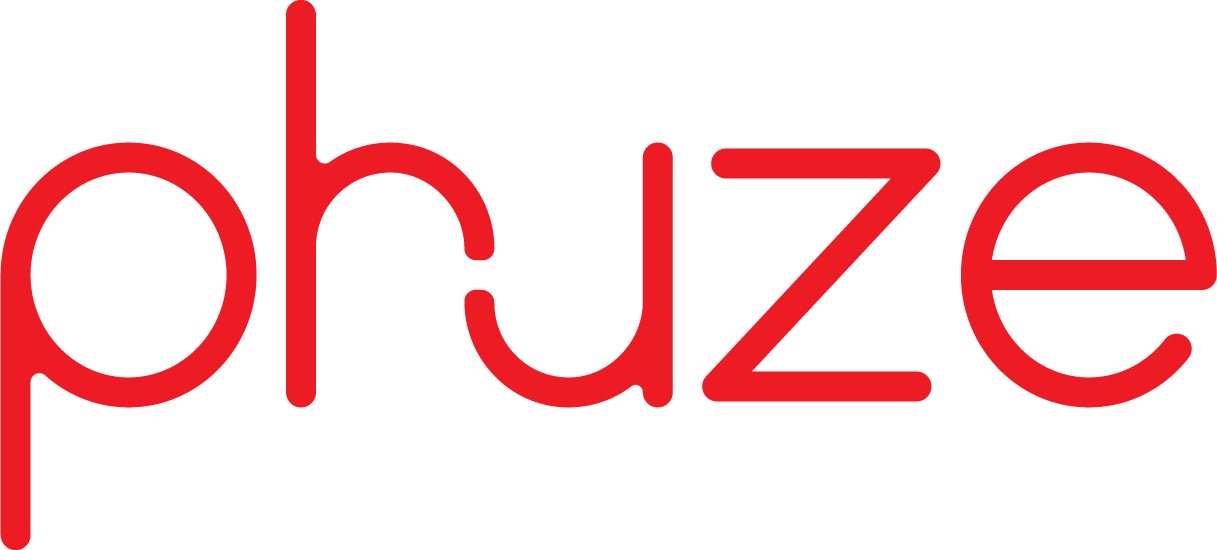How Do We Leverage Medical Communications To Differentiate Ourselves From The Leaders?
If you’re the challenger, what do you need to do to ensure your education stands out from the leaders?
Let’s start by looking at some things you have to keep in mind to make sure your program doesn’t miss the mark.
Whilst the challenger will have to be able to leverage some unique opportunities, they will also be exposed to some unique risks. The leader might not be making much of an effort with education, and this complacency often opens the door for challengers.
If a challenger chooses to step into this vacuum, and they do it well, then the chances are they will draw the spotlight away from the leader. If they’re doing good-quality branded education they’ll build some brand equity that will grow market share. If they’re delivering high-quality accredited content they’ll be growing their share of healthcare professionals keen to learn more about the disease and therapeutic area that is the subject of the program.
The leader might choose to ignore this activity, unless of course the challenger starts making headway. They may be prepared to tolerate a little bit of discomfort but once it starts getting too hot in the kitchen you can be sure they’ll be planning a counter attack.
It is important to note that small wins for the challenger can contribute to a significant boost in confidence, and this can be a game changer. However, in some cases the client will draw on some conventional wisdom.
Some might argue that it is not the place for a challenger to provide additional education on disease in general; and, for obvious reasons, would argue it should put all its efforts into branded activities. It can be hard to argue this point, but by the same token you should always challenge this premise by asking if this applies to your specific circumstance.
How much of a problem is it if some of the benefit from one of our programs flows to a competitor, so long as it contributes to better skilled healthcare professionals and, potentially, to improved health outcomes? And what if the kudos for delivering high-quality, balanced content helps you to achieve the program’s objectives?
What if your activity fills a vacuum that was ignored by a market leader? How will your company be perceived relative to the competitor and what benefits will this bring in the long term? What if you provide resources for healthcare professionals and patients that did not exist previously (or the previous ones were so old that no one used them anymore)?
Could such activity be perceived as ‘innovative’ by healthcare professionals looking for some decent information either for themselves or their patients?
Okay, enough of the questions. Let me demonstrate what I mean with an example of an education campaign that had elements of both branded content for healthcare professionals and above brand, disease-focused information for patients.
One of my clients was new to the Australian market and they were going up against a formidable, well-established competitor that dominated the market. To make things even more interesting, this particular market relied on a government contract that is structured in a way that ensures the market leader is unlikely to ever lose that position. My client could have simply focused on supplying the product and minimised their investment in marketing and education.
To their credit they did not view this as a race. Of course, it would be satisfying to beat the market leader, but that was not the objective. What did matter was demonstrating their commitment to patients and healthcare professionals, and making sure their product was valued.
They embarked on a campaign to inform and educate healthcare professionals on their product, its preparation, use and administration. They invested in in-service slide decks for those administering the product, dose calculators and, despite conventional wisdom, they produced a suite of disease-specific information brochures for patients.
The market leader was already providing some of this information, but now healthcare professionals had access to new, up-to-date patient brochures from another supplier. More importantly, none of the suppliers who previously held this contract had invested in education to this extent.
This activity significantly elevated the company’s profile amongst clinicians, nurses, and those within government charged with ensuring clinicians had access to this product. Indeed, even competitors that had lost the contract noticed the effort our client went to and the effect it was having.
This activity did contribute to product uptake and the client achieved its target market share more quickly than anticipated. The campaign also created a level of brand equity and corporate recognition that other suppliers had not been able to achieve, and it did so in a relatively short timeframe. This success has a long-term benefit for a company looking to increase its footprint in Australia.
